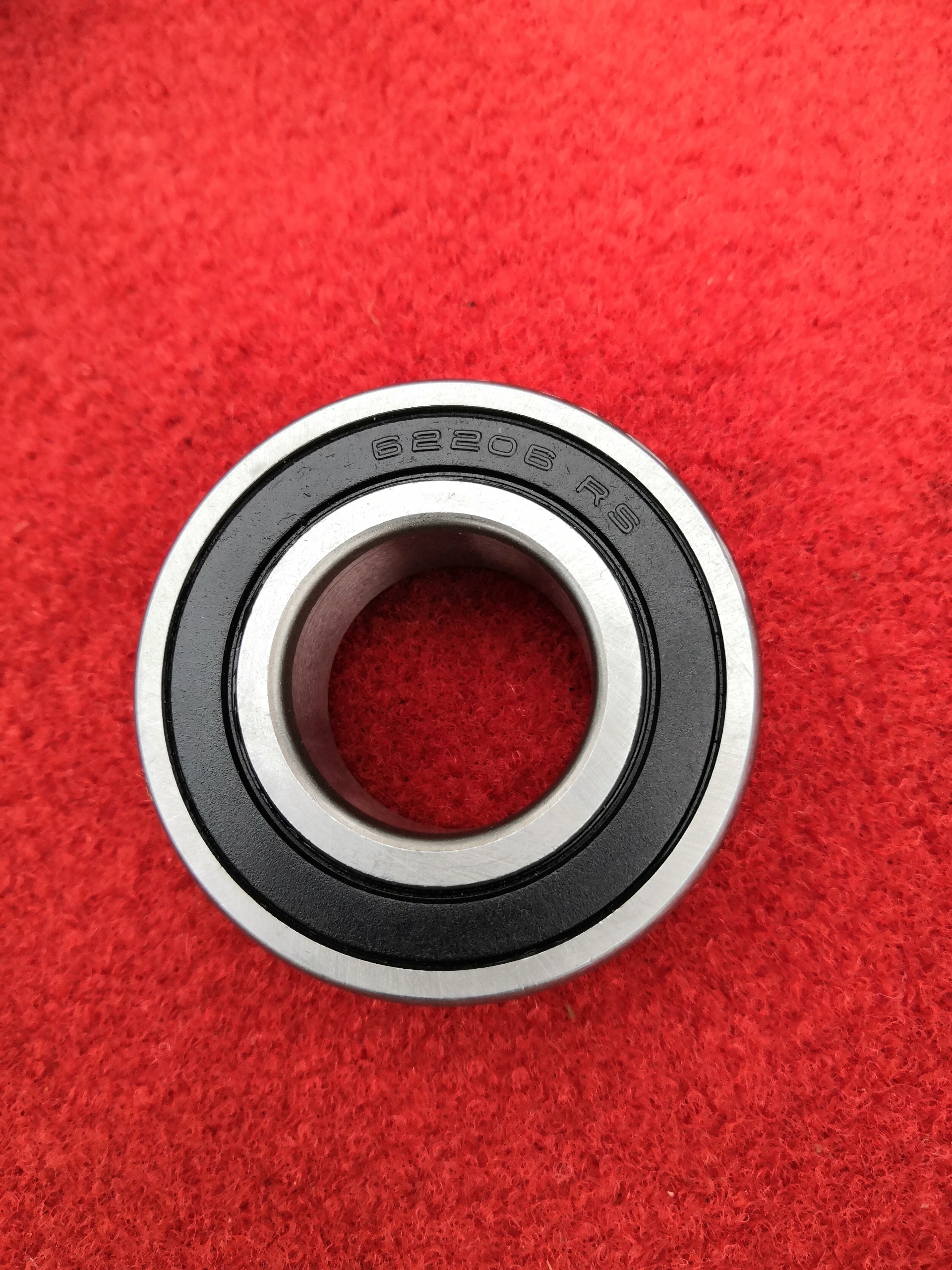
10 月 . 01, 2024 14:37 Back to list
Understanding the Functionality and Applications of Double Direction Thrust Bearings in Machinery
Double Direction Thrust Bearing An Overview
Double direction thrust bearings are critical components in various mechanical systems, particularly in applications where axial loads must be effectively managed. These bearings are designed to accommodate axial forces in both directions, making them versatile and essential in many engineering applications, including marine propulsion systems, heavy machinery, and industrial equipment.
One of the primary advantages of double direction thrust bearings is their ability to support high axial loads while minimizing friction and wear. This characteristic makes them ideal for applications where durability and efficiency are necessary. Unlike single direction thrust bearings that can only handle loads in one direction, double direction thrust bearings are engineered to endure thrust forces that act on both sides, thereby enhancing the overall stability of the system.
Structure and Design
The design of a double direction thrust bearing typically consists of two main parts the bearing races and the rolling elements. The races are the circular components that provide a smooth surface for the rolling elements, usually made of steel or other durable materials. The rolling elements, which can be balls or rollers, facilitate movement while supporting the axial load.
A crucial factor in the design of these bearings is the material selection. High-quality materials are essential to ensure longevity and performance under various operating conditions. Bearings are usually treated for hardness to resist wear and deformation, which is vital for maintaining their functionality over time.
Applications
Double direction thrust bearings are prevalent in numerous applications, including
double direction thrust bearing

1. Marine Applications In ships and boats, these bearings are commonly used in propulsion systems, such as in the thrusters of an offshore platform or in the gearbox of a ship's engine. They support the axial loads generated by the propeller and ensure smooth transmission of power.
2. Industrial Equipment In manufacturing processes, such as cranes and conveyors, double direction thrust bearings help manage the heavy axial loads that are typically present. Their ability to handle thrust from both directions contributes to the overall efficiency of the machinery.
3. Wind Turbines These bearings are also utilized in wind turbine gearboxes, where they support axial forces due to the rotor's weight and the forces generated by wind.
Installation and Maintenance Considerations
The installation of double direction thrust bearings requires precision to ensure optimal performance. Proper alignment is crucial, as misalignment can lead to uneven wear and premature failure. Additionally, regular maintenance is essential to extend the life of the bearings. This includes routine inspections, lubrication, and cleaning to remove contaminants that could affect performance.
Conclusion
In summary, double direction thrust bearings play a vital role in a wide range of mechanical systems by effectively managing axial loads from both directions. Their robust design and capability to support high loads while reducing friction make them indispensable in many industries. Understanding their construction, application, and maintenance is crucial for engineers and technicians to ensure reliability and efficiency in their respective systems. As technology advances, double direction thrust bearings will continue to evolve, offering improved performance and durability in various applications.
Latest news
-
Unlocking Efficiency with Spherical Roller Bearings
NewsOct.29,2024
-
The Ultimate Guide to Thrust Ball Bearings
NewsOct.29,2024
-
The Power of Thrust Roller Bearings: Engineered for Excellence
NewsOct.29,2024
-
The Power of Deep Groove Ball Bearings for Your Application Needs!
NewsOct.29,2024
-
The Power and Performance of Cylindrical Roller Bearings
NewsOct.29,2024
-
High-Quality Ball Bearing Manufacturing Machines
NewsOct.29,2024
